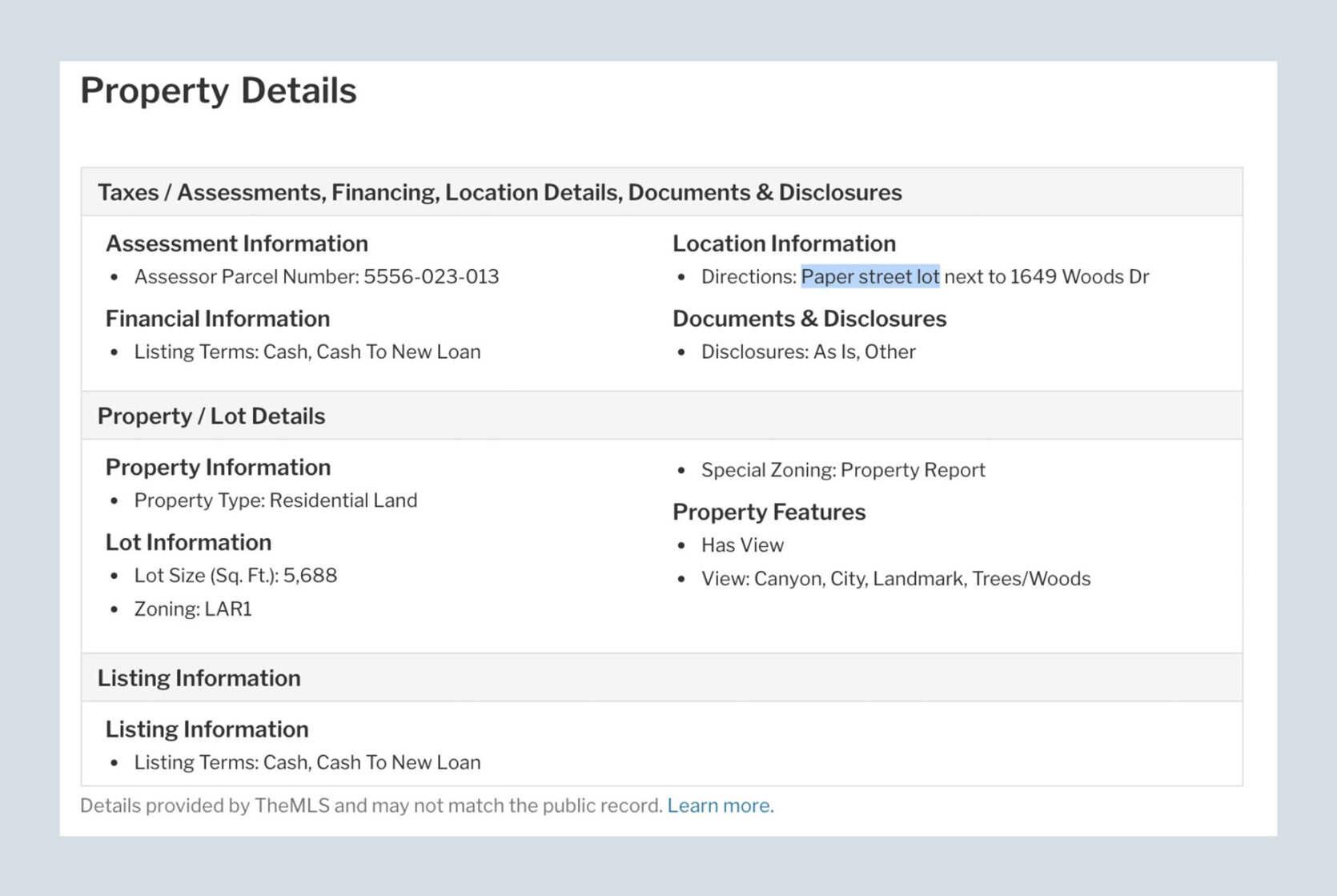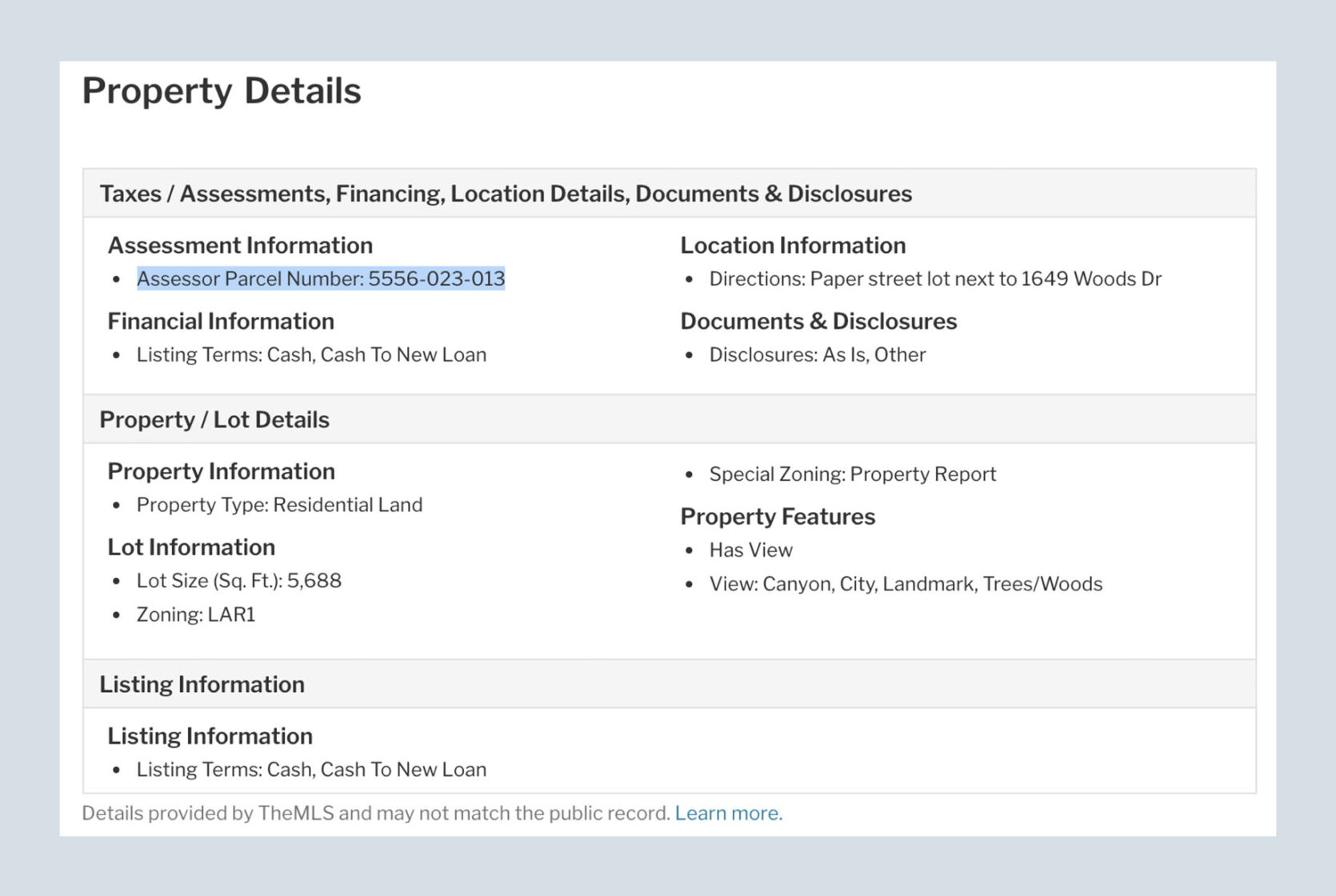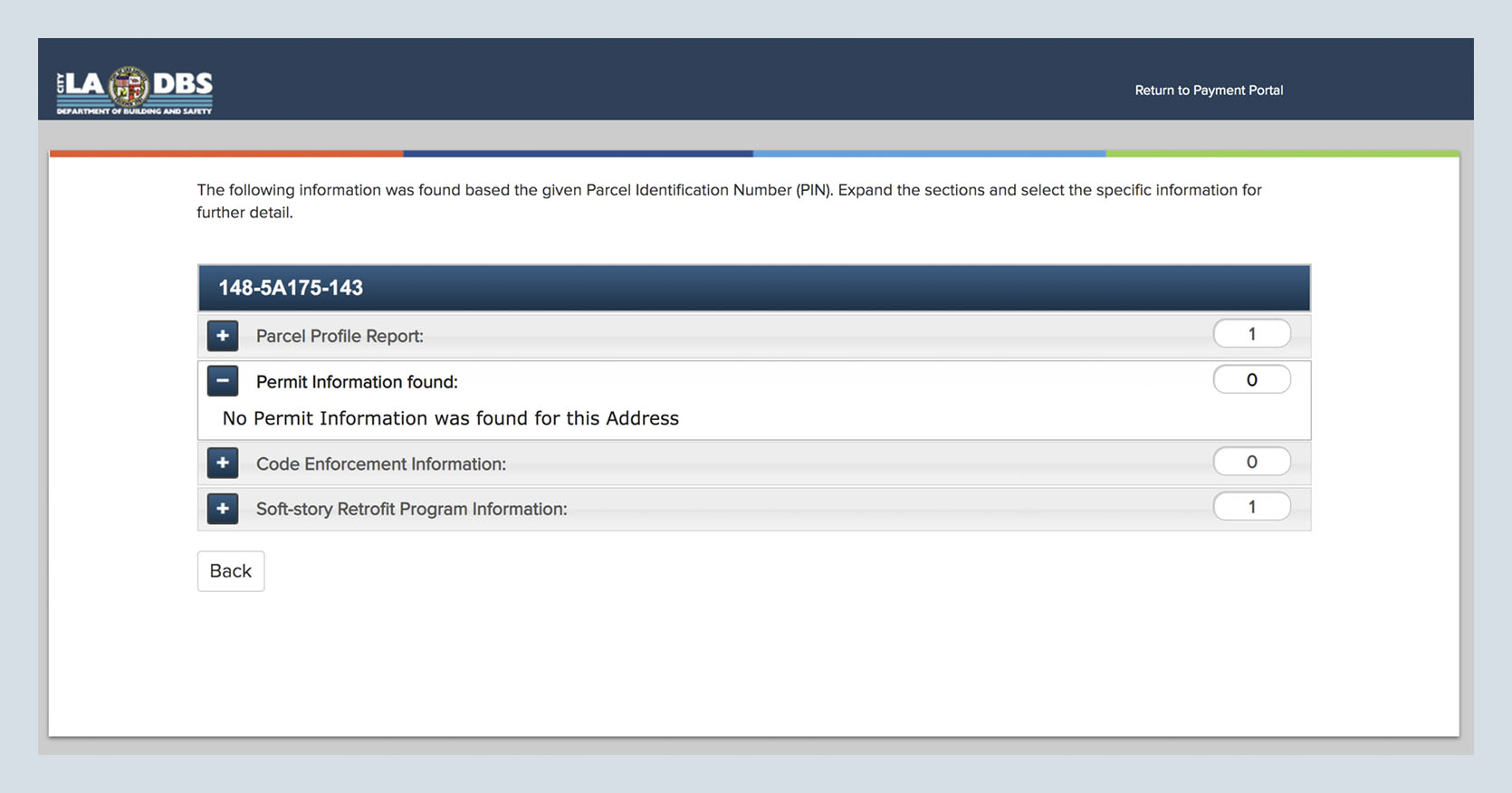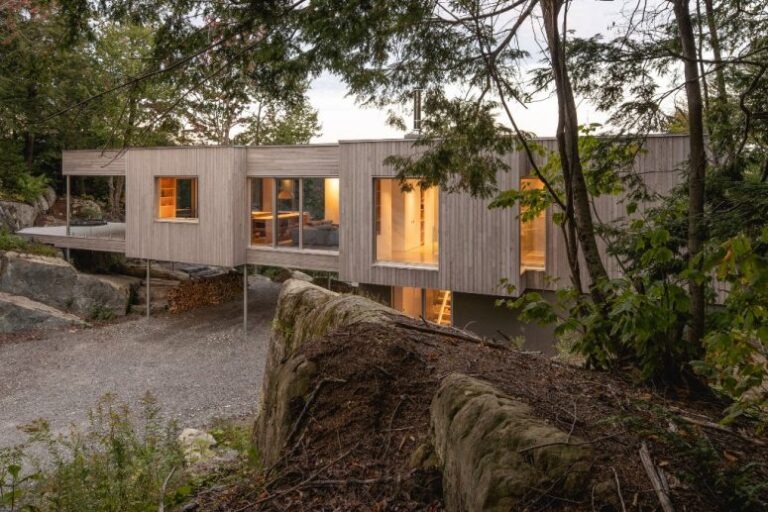But How Do You ACTUALLY Even Buy Land??? Caitlin’s Secret Side Project and A FULL Step By Step Guide
Guys. I have a confession to make. I haven’t been *totally* honest with you about my house-hunting journey. I have lied by omission! Here’s the thing: a couple of months ago, a reader named Christa commented on my first post and wrote, “This is why so many people in LA buy places in Lake Arrowhead or weekend desert cabins – they keep the apartment close to work, and buy something for their weekends.”
And that got my WHEELS TURNING. (Thanks Christa!) I’ve since tried – and failed – to buy an actual, existing, habitable home in LA…but while all this has been going on, I’ve also been exploring the idea of building something in Joshua Tree. The timing for a new build isn’t technically awesome right now (construction materials are at a premium – the world is knee-deep in quarantine-fueled home improvement projects), but since planning and permitting both take a while before construction can start, I figured I’d set some email notifications and keep tabs on the area in the event that something awesome comes up.
So while finding a fixer-upper in LA proper is still my goal, I’ve made early contact with a high desert contractor and I’ve enlisted Arlyn’s architecture-pro husband, Charles, to join my team as a draftsman if the right plot of land comes around. (Not to get too ahead of myself, I’ve also bartered with Julie for design help on my still non-existent future home in exchange for a place for her to stay while rock climbing.)
But since I’ve recently become the point of contact for “hey, can I build a house here?” questions in my friend group and since I’ve found that a lot of “how to buy land” posts pretty much begin and end with “make sure you do your due diligence!” and “talk to your county” (I WILL! BUT HOW?! WHO AM I LOOKING FOR?), I wanted to collect everything I know – what to google, who to contact, and what really matters – into one place where it can hopefully help some other folks take the mystery out of land-buying. (AND you can see some land that I looked at…so it’s basically like we’re shopping together, right? Like best friends, yeah???)

Step One: Finding Your Land
There are really five main ways to find land to build on. This is my *personal* order of preference, but it’s worth noting that I’m a regular person and not a developer or someone with a vested interest in buying land quickly.
Drive Around
Very analog, but there are deals to be found if you have the patience to spend some time physically traipsing around! To speed up your search, pull up Google Maps satellite view and do some aerial overviews of your favorite neighborhoods or regions. Make notes of large, open spaces or undeveloped plots along with nearby cross streets. Drive out, get lost, and keep an eye out for ‘For Sale’ signs. This is actually how Joy (of Oh Joy!) found her home – she wrote about her process here – so y’all, THIS WORKS.
Redfin, Realtor, Zillow, or Other MLS Sites
At this point, I’m pretty loyal to Redfin. It’s where I found both properties I’m going to walk you though today!

also me: “maaayyyyybbeeeeee i’ll look for land in LA while i’m at it, i guess”
Down below I’m going to walk you through some of the language you’re going to want to keep an eye out for, but these sites make it super easy to set your budget and location parameters. I get real-time updates on land in my chosen areas that fit my requirements, which is fun and definitely not at all distracting.
If you’re just starting to look and you’re the same type of neurotic as me – you know, like, you need to see every single listing available in your price range – I’d also recommend kicking off your search on your state’s MLS (which, as I’m sure you can deduce, you can find by searching “(my state) MLS“, which will quell all of your fears and guarantee that you will 100% see every. single. listing. currently available on the market.
Land Broker
A land broker is a real estate agent who specializes in land sales. You can find one in your neighborhood by googling “land broker (ideal area)” (GROUNDBREAKING!) or you can make a note of any listing agents on Redfin, Zillow, etc. currently representing sellers. You’re going to want to avoid double agency (no one really wins when the agent represents both parties!) but it could give you a lead on some potential partners.
You can also totally work with a regular relator – the contracts and contingencies are fairly similar – but it can be nice to have someone who *only* does land deals guiding you through the process if it’s your first time.
Craigslist
DO NOT KNOCK CRAIGSLIST, Y’ALL. It’s a digital version of a ‘For Sale By Owner’ board in a coffee shop. Obviously, you’re going to want to do your due diligence – and yes, we are about to get into that, thank you for asking!! – but if you’re looking to make a deal without a ton of outside interference, this is your spot. You’re going to want a real estate attorney (at least!) to look over any agreement, but this is the best spot I’ve found to meet folks who are weary of paying out commission to real estate agents.
An anecdotal side note: I recently found a house that was listed for $539,000 being marketed on Craigslist for $475,000. It had fallen out of escrow 3 or 4 times and they were looking for a quick close, but it was 100% LEGIT. YOU GUYS. Craigslist is where it’s secretly at!
Land-Specific Sites
We’ve got Landwatch. There’s Lands of America. Maybe you’re a Land and Farm type? Or you could go Land Central. Perhaps The Land Spot? Can I interest you in some Land Elevated?
There are SO MANY OF THESE, but for the most part, they seem to lend themselves a little more to those looking to purchase a lot of acreage or those interested in a rural or homesteader life. If that’s you, great! If you’re looking for a smaller or more suburban parcel, I’d lean towards one of the earlier options.
Step Two: Decoding The Listing
OKAY, SO. Let’s say that you’ve found a piece of land in an area you love and at a price point that works for you. THAT’S GREAT! Let’s get in the weeds. (Metaphorically, but also…maybe literally, if you’re buying something that’s been sitting for a bit.)
There are four big, esoteric terms that are pretty specific to land purchasing. Let’s review!
Paper Street

Paper streets are SUPER common. It means that while the road is outlined on city or county maps, it’s never actually been built. The bright side here is that you won’t need to get an easement from a neighbor to build a driveway or to gain access to your home. The bad news here is that you’re going to have to figure out how much it costs to build a road, which can be debilitating depending on your area’s requirements.
RTI

Stands for “Ready-to-Issue.” These lots are sold at a premium and come bundled with architectural plans and permits that you’ll receive upon close of escrow. Another term to search for here is “shovel ready.”
You’re going to want to double-check permits with the city, obviously, but these take a WHOLE lot of pressure off of you. In LA, being shovel-ready with permits RTI adds at least six figures to the raw land cost. Pros: you can just get started with the build of your home, which is a real treat in a competitive market. Cons: if you’re the type to look into building a new home from scratch, don’t you want something that’s exactly how you imagined it?
Carry

Instead of working directly with a bank or credit union, you’ll be able to work out an agreement with the seller directly. I’ve seen these offered at around 20-50% down and paid off over 5-10 years, but it’s totally dependent on the seller and your relationship with the seller. These are great if you’re just looking to get land ASAP, but they *do* make it a little tricky for those who will need a construction loan to build on their land. (You’ll be in a better case bundling your land + construction loan, WE’RE GETTING THERE, I swear!!!)
APN (+ Other Alphabet Soup)

Assessor’s Parcel Number. Every property you’ll ever buy – including homes – has one of these, but they’re SUPER important here. Alternative terms with similar meanings:
- AIN (Assessor’s Identification Number)
- PIN (Property Identification Number)
- PID (Property Identification)
An APN is basically a long string of numbers assigned to your parcel for record-keeping and tax purposes. You’re going to want to make a note of the APN for any lots you’re interested in – it’s how you actually figure out the location in question. (Spoiler: you know that aerial view you see on your real estate site of choice? IT’S USUALLY WRONG. Woof! The APN will help you find the real one.)
Step Three: Vetting Time
Check Zoning
What to Google: Zoning (your city) | (Zone type from ad) (your city) | Land planner + (city) | APN lookup + (your city)
Who to Email for Help: The City or County Planner

If it’s not mentioned in the listing, you’re going to need to dig around for the zoning information. It helps if you have a vague idea of what you’re looking to build or house on your new property. Certain residential types ban ADUs, RVs, or livestock. (Want chickens? MAKE SURE YOU CAN HAVE THEM!)
You can typically find these restrictions with a bit of googling, but I am here to sing the praises of city planners. They were incredibly helpful in my own search – it was jarring to ACTUALLY see my tax dollars at work! – and they’re great at getting back to folks quickly. The bureaucratic process behind permitting takes a long time. A city planner responding to your email DOES NOT take a long time.
Email them the APN in question, tell them that you’re interested in purchasing the parcel and that you just want to verify that you can build to your specifications. It takes 3 minutes and it’ll clear up any early issues before you get your heart too set on a piece of land that can’t deliver on your dreams.
PS. Ask your planner about the long-term plans for the area. *Your* ideal lot may be zoned residential, but it may also be next to the future home of a highway or stadium. If that’s up your alley, GREAT! If not, you’ll dodge a bullet.
Look For Previous Permits
What to Google: Building permits (your city) | Building records (your city)
Who to Email for Help: The Department of Building and Safety (a Planner can also help you find the right contact if you get stuck or if you’re in a smaller town)

Los Angeles has a pretty neat, easy to use site called ZIMAS. (Zoning and Information Map…S??? Search? Maybe?) These vary across the US – I included the one for San Bernadino County up above – but yours will probably have the same general spirit and functionality.

I like looking for permits early in the process – your local Building Department will have a complete record of submittal if you see that someone tried to build on the property for the long time and failed, it may just be worth moving on to the next place. (LOL DO AS I SAY, NOT AS I DO.)

In a true catch-22 situation, if you’re in a more urban area and no one has tried to build on the property, you should take a second and figure out why. Is it actually accessible? Too small to make the construction costs worth it for developers? Or…maybe it lacks…
Utility Access
What to Google: You’re gonna have to get on the phone for this one
Who to Email for Help: I’m so sorry
AH. Utilities. The killer of hundreds of my isolationist desert dreams. So yes, while you can technically build anywhere if you’re able to drop cash on a well AND solar panels AND a septic system…that sh*t adds up.
An easy rule of thumb: If there are inhabited homes on either side of the property in question (in close enough proximity), you should be golden. If you see power lines in the background of listing photos, you can *potentially* hook up to those. If there’s a paved road in front of the property, you have a 50/50 shot at water. And a lot of rural areas don’t have city sewer systems, so you’re just going to have to budget for that one.

Some notes: I know you have privacy dreams, the further back you put your home from the “street” – I say this as a lady looking at land off dirt roads – increases future costs of hooking up city utilities.
This is the opposite of a millennial solution – and honestly, someone should fix it! – but if you want to know if you can connect to services in your area, you’re going to have to hop on the actual phone with folks from Water and Power. You can’t do it online – you’re gonna need to provide the APN and you’ll have to pray that you’ll be connected to the right person who can provide a rough estimate. You will have to be very kind and it will take a lifetime. I KNOW IT STINKS. But once you have some clarity, you’ll be able to move forward, so it’s kinda worth it, right?
Road Access
What to Google: This is a straight-up call or email
Who to Email for Help: Bureau of Engineering
If your plot in question is off a paved road, YOU’RE LUCKY. Move along! If not…
Sometimes, you can just build a driveway. Sometimes, you need to build a full-on road. I learned this the hard way. Email the Bureau of Engineering and ask if the APN in question requires road frontage. Get clarity on how much frontage is needed, who’s responsible for the cost and for maintenance, and ask if it’s absolutely necessary (in a nice way).

But okay, let’s try this out in practice. I found this lot just up the road from the Stahl House (a very famous home in Los Angeles that you have definitely seen in TV/movies/advertisements) and it was only $65,000. The property line just touched the existing road, so I did some research to see if this could be a driveway-only situation.
The dealbreaker? This plot of land isn’t connected to that road. NOPE. Folks, that is a private road/driveway to a home that I’m sure is beautiful. This parcel being sold is landlocked and she needs A WHOLE LOT OF ROAD built. Do you see that stretch of avenue to the left? Do you see how it goes up in a v-shape before ending in front of the property in question? THAT’S THE ROAD someone would have to build to get access.
Moral of the story: double check your roads. ALWAYS. It’s not fun but it’s very important.
Other Miscellany
If you have a high-level knowledge of your area, you should be able to weed out some plots on site. Example: in Joshua Tree, it’s now illegal to cut down a Joshua Tree. If you’re buying a plot of land with nothing but vegetation, it’s going to stay that way. NO HOUSE FOR YOU. You’ll discover any glaring issues when you start your studies – the joy of your contingency period! – but it’s nice to be able to walk away up front without dropping a dime.
Also, make sure you get cell phone service. The odds of it vastly improving between the time you see your land for the first time and the time you close are NIL. Nobody wants to spend a day on a construction site in a dead zone! It’s not great!
Step 4: Finding Financing and Making an Offer
You have 4 options here.
- You can buy land for cash. If you’re hoping to get a construction loan to build your future home, this is a great option. Banks like when you own your property outright AND you may be able to use the value of the land to offset your downpayment.
- The owner can carry. Y’all work out something amongst yourselves.
- You can find a land loan. These are few and far between in the age of corona, but not totally impossible to find.
- You can make an offer with a long escrow period so you can secure a construction loan for the cost of the land and your future home. These are tricky (you’ll have to come up with full building plans) and sellers are hesitant to accept these types of offers (because coming up with full building plans takes a very long time!) but if something has been sitting for a while, you could give this a shot.
If you’re totally lost on where to even start looking for a land or construction loan, check out a local credit union or reach out to someone from your national bank chain. When I was trying to figure out financing for the hill house, I arbitrarily emailed a guy who seemed pretty high up in the real estate financing world at Bank of America (my bank of choice #notsponsored). He called me within 30 minutes – again, INSANE how people will really go out of their way to help you build a house – and although it wasn’t a fit for BoA at the time, he introduced me to several smaller banks who would help.
Step 5: Tests, Surveys, and Reports (Oh My!)
SO. Let’s say you found a place, you found the $$$, and you’re in escrow. What happens in the contingency period for land? WHAT GETS INSPECTED?
Well. IT VARIES, OKAY? And honestly, a city/county planner may be your best point of contact – they can refer you to specific documentation for your area that will clarify what studies and reports they need on file before they’ll issue a permit.
In the meantime, though, here are some things that may come up:
- Surveys: In addition to clearly defining the boundaries of the property and making note of all easements, potential encroachments, and nearby service lines, a survey will highlight your building “envelope.” Your city or county may have certain requirements about how far your house must be from the sides of the lot or how far back it has to be…or it may have minimum/maximum size limits. A survey will clarify exactly what you can build and where.
- Topography: In addition to telling you all the details about the elevations of the property, a topography report should flag any big environmental concerns.
- Environmental Impact: If you’re going to need to remove a bunch of vegetation to start construction, you should make sure that it’s not endangered. (If it is endangered, this report will figure out how you manage ramifications OR it’ll prove that the whole thing’s a wash and that you should cut your losses and back out.
- Soils: This one is HUGE in LA. Is your house going to slide down a hill? Do you need to drill 60 feet into the ground so that it doesn’t slide down a hill? SOILS KNOW THE SECRETS. It’s important everywhere, though, as it’ll determine what sort of foundation you need.
- Crop & Timber Yields, Well Water Quality and Flow, Road Maintenance: These are more common in VERY rural areas, so they’re not necessarily in my wheelhouse (yet).
Step 6: CLOSE THAT BABY!
If your reports come back in the clear and your financing is secured, YOU DID IT. You bought improvable land! Congratulations on taking on a very big, very stressful multi-year project. I KID, I KID. It’ll be worth it.
But this is where I leave you (for today, at least!). Questions? Any land-buying and dream-home building folks out there want to tell me their story? (Or want to talk me out of building something?) LET’S CHAT IN THE COMMENTS, YEAH?
Opening Image Credit: Photo by Sara Ligorria-Tramp | From: My Secret Front Yard Is Finally Revealed





Leave a comment